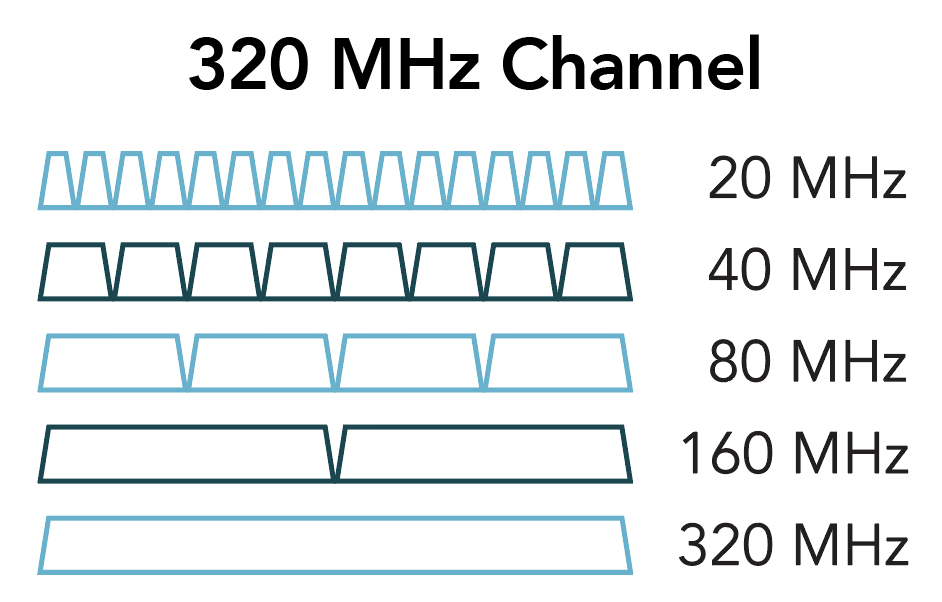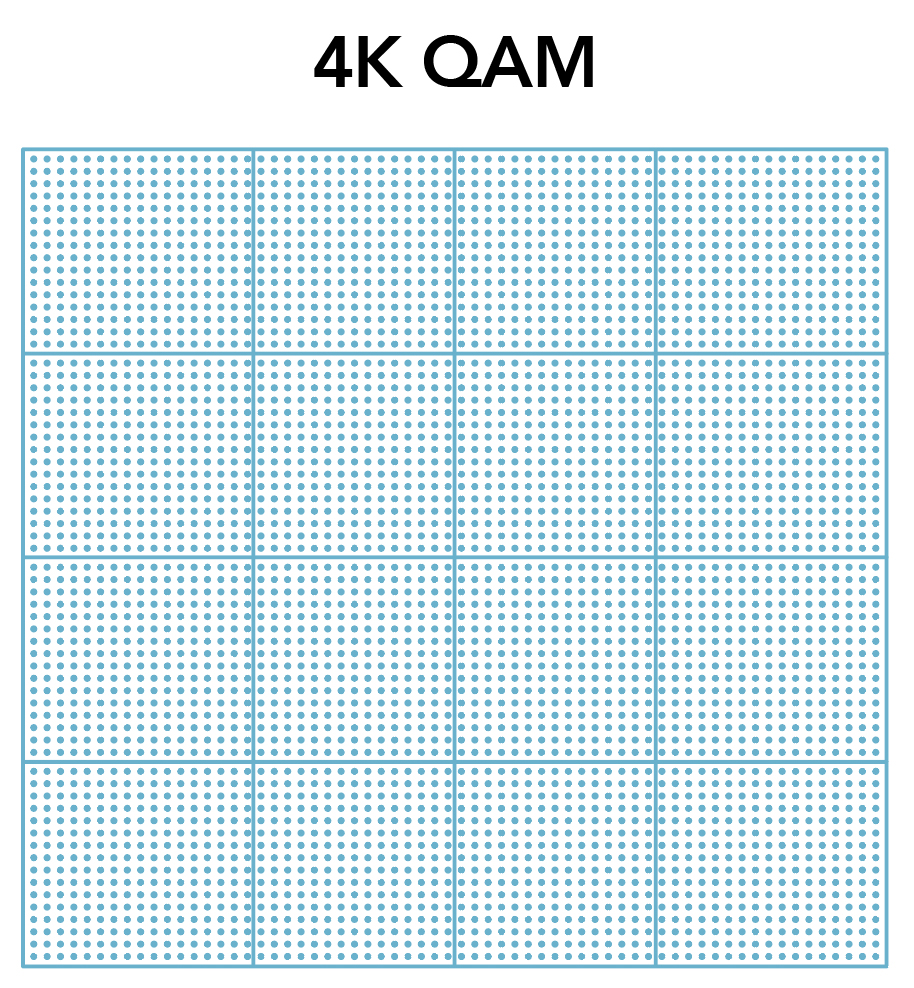Wi-Fi 7: Navigating the Future of Wireless Connectivity
By LitePoint
February 21, 2024
In the ever-evolving realm of wireless technology, Wi-Fi 7 emerges as a transformative force, poised to redefine our experience with connectivity. A recent webinar, “Wi-Fi Deep Dive,” hosted by RCR Wireless News, shed light on this groundbreaking development by unveiling the capabilities and challenges that Wi-Fi 7 brings to the table. LitePoint’s Adam Smith joined a panel of connectivity experts for a look at the state of standards, products and use cases.
The Leap to Wi-Fi 7
Wi-Fi 7, the successor to Wi-Fi 6/6E, is set to revolutionize wireless networks with its promise to increase throughput and process more data simultaneously. Wi-Fi 7 introduces features that exponentially improve performance and deployment flexibility. But as chip and system capabilities continue their rapid evolution, there is far less room for error. Performance metrics have never been as critical. Panelists shared several key points about this new technology and the excitement building around it:
- Increased Reliability and Reduced Latency: Wi-Fi 7 introduces Multi-Link Operation (MLO), allowing devices to transmit data over multiple frequencies simultaneously, significantly enhancing reliability and reducing latency. This is crucial in today’s digital environment where speed and stable connections are essential.

- Faster Data Speed: Wi-Fi 7 features 320-MHz channels and 4096-QAM modulation, pushing data transmission rates further to make Wi-Fi faster and more efficient.


- Benefits to Manufacturers and Consumers: For manufacturers, Wi-Fi 7 enables devices with superior connectivity, which is a significant selling point in the competitive tech market. For consumers, enhanced reliability and reduced latency translate to smoother, faster online experiences, be it streaming, gaming or general browsing. This can lead to greater product satisfaction, and, by extension, stronger brand loyalty.
- Simplified Adoption in Products: The adoption rate of Wi-Fi 7 is expected to vary between enterprise and consumer segments. While Wi-Fi 6 deployment is challenging because it needs to coexist with legacy Wi-Fi networks, Wi-Fi 7 introduces features to make it simple to overlay a new network in the presence of a legacy network.
Technical Breakthroughs and Challenges
Wi-Fi 7 offers a substantial improvement in speed over Wi-Fi 6/6E. It utilizes 320-MHz channels compared to the 160-MHz channels of Wi-Fi 6, effectively doubling the data transfer rate in each access opportunity. This enhancement is particularly advantageous for applications requiring consistent, high-speed data transfer, such as video streaming, gaming and virtual reality. With Wi-Fi 7, users can expect smoother experiences with higher image quality, as the faster speeds reduce the need to compromise on quality due to bandwidth constraints. This results in fewer disruptions like dropped packets or visible artifacts, offering a more seamless and engaging user experience.
Despite its technical advancements, the implementation of Wi-Fi 7 faces several challenges:
- Device Interoperability: One of the key challenges is ensuring interoperability between Wi-Fi 7 devices. This includes the need for new device hardware to support the higher frequency and modulation schemes of Wi-Fi 7.
- Network Management Complexities: Managing a network that supports Wi-Fi 7 is more complex than Wi-Fi 6/6E. This includes handling the increased data rates and ensuring network infrastructure can effectively support higher speeds without compromising stability.
- Interference Management: With Wi-Fi 7’s higher frequencies and broader channels, it becomes more critical to ensure that Wi-Fi signals do not interfere with other devices and networks, especially in densely populated areas or environments with many wireless devices.
These challenges are pivotal for the seamless integration of Wi-Fi 7 into existing infrastructures and its widespread adoption across both professional and personal settings.
What’s Next: Enterprise vs. Consumer Adoption
The adoption of Wi-Fi 7 varies between enterprise and consumer segments. Because Wi-Fi 7 effectively handles congestion and interference, connectivity improves in areas with densely packed devices or overlapping networks (ideal for enterprise applications or larger venues).
While enterprises are eager to leverage Wi-Fi 7 for enhanced network capabilities, consumer devices are only gradually adapting to these higher standards. This is likely to cause a short-term discrepancy in adoption rates that presents an obstacle to realizing the full potential of Wi-Fi 7. The Wi-Fi 7 panel underscored the role of enterprises in driving Wi-Fi 7 adoption, hinting at a future where this technology becomes ubiquitous in both professional and personal settings.
The Cutting Edge is Always Moving
Wi-Fi 7 is poised to drive tangible changes in network speeds, reduced interference and new ways to reduce network latency. Boosting speed and increasing resiliency is critical as the world works to connect more people, places and things. Wi-Fi 7 is more flexible than its predecessor and supports more connections and high-bandwidth applications such as improved cloud gaming and AR/VR applications that require high throughput and low latency.
To learn more about Wi-Fi 7 and how its advanced features and capabilities are set to enhance the way we connect, work and interact, check LitePoint’s 3 for 3 blog here.
Categories
Subscribe to the LitePoint Blog
Related Posts
Wi-Fi 7: Wi-Fi’s Plaid Mode
February 21, 2024
3 for 3: Wi-Fi 7, A New Era of Connectivity
February 21, 2024
Webinar on State of Wi-Fi 6/6E Details Changes to Next-Generation Wireless LANs
February 21, 2024


